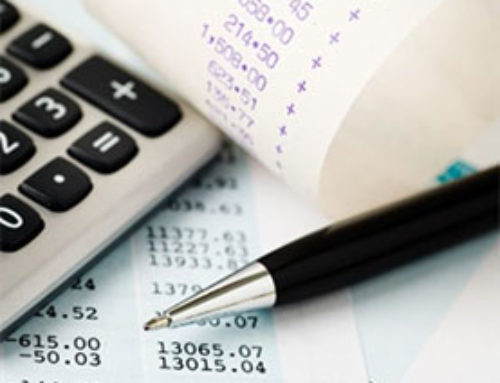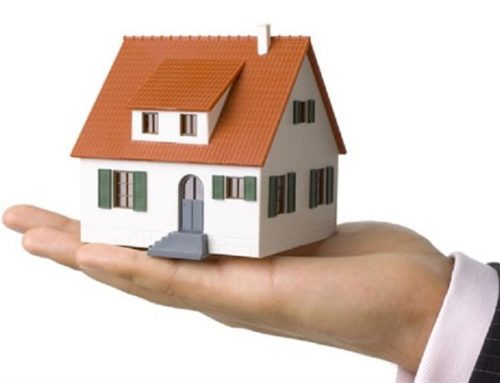Living within a budget can be a challenge even for the most financially savvy consumer. For those who file a Chapter 13 Bankruptcy, living within a budget takes on a whole new meaning.
The payment plan must be cost-effective to the debtor so that they can keep up with the schedule of payment with the bankruptcy being dismissed. The trustee of bankruptcy would not desire to set a debtor up for failure, and he/she will be working with a bankruptcy lawyer to come up with something fair. After the payment plan has been agreed upon with the debtor, creditors, and the bankruptcy trustee, the bankruptcy court will officially approve it.
After the filing of bankruptcy under Chapter 13, the bankruptcy trustee will be the one to pay your debts, and your first payment will be due will be thirty days after filing the case. In many districts, the trustee will send out a letter to the debtor to disclose all of the payment information, including when and where to send the payment.
When filing, you will have to provide a proposed repayment plan, the most recent year’s tax return, a certificate of credit counselling, a detailed list of expenses, and proof of your income. There are priority payments made to mortgage creditors, and other secured creditors like child support debt and back taxes. As soon as the plan is approved by the bankruptcy court, the trustee will start to pay out the funds that you send in accordance with the plan provision.
If issues arise that cause a decrease in your budget and you are unable to pay, you should contact your attorney and your trustee immediately. If the financial setback is temporary, the trustee can arrange to have the amount of your payment reduced or to get the repayment period extended. If your inability to pay seems to be a more permanent status, your bankruptcy may be converted to a Chapter 7.
Chapter 13 Bankruptcy provides an opportunity for individuals to retain their property and make a fresh start. When making a payment plan, it is important to arrange reasonable Chapter 13 payments in order for the debtor to make payments on time. This type of bankruptcy can be a powerful tool to use for reorganizing your debt and maintaining ownership of your property.
To find out more about how a Chapter 13 payment plan is devised, click here.






Leave A Comment